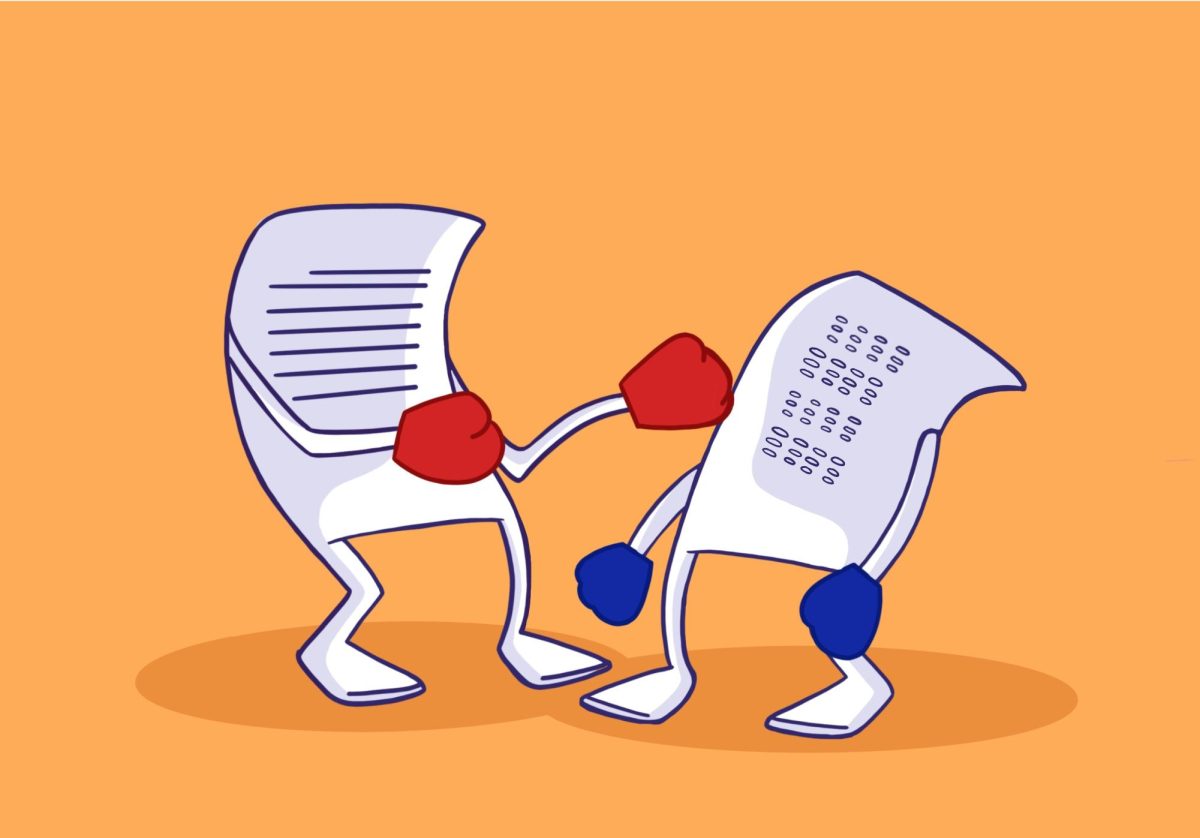The issue of Antimicrobial Resistance (AMR) has been mounting for decades. The convergence of knowledge and technology is such that we are equipped to address the problem with systemic changes. Effective policy decisions can be tricky.
AMR develops as new medicines in that class are proliferated in clinical use, giving microbes the time to familiarize themselves with how the drugs work. Through a variety of mutations, microbes develop new genes designed to get around how new drugs work. The presence of impurities in the environment can multiply the consequences of this.
The spreading of resistant microbes traces an intricate web involving humans. Water or air can serve as an intermediate that leads to these microbes spreading to other animals. Further mutations to these superbugs can take place as they land on new living targets. Other intermediates include crops, wastewater, livestock, landfills and human activities such as farming or commercial fishing. This mixing of microbes and genetic material across species and places has resulted in a perfect storm of transmissibility where boundaries are becoming increasingly theoretical.
With the increasing migration of people, expanded relationships with animals and a shifting global climate, mean variables affecting AMR have been amplified. The catastrophic spread of superbugs could go from being a rare possibility to an everyday occurrence in just a matter of years if left unchecked.
In a word, the stakeholders involved in this wave of AMR is: everyone. It is truly difficult to find anyone not directly or indirectly impacted by this problem. Anyone who can acquire an infection, anyone who works with animals and anyone who works or utilizes health care or environmental services, is potentially at risk.
By extension, governments presiding over such people are also impacted. Some well thought out measures have already been proposed regarding the total impact of AMR. Considerations need to be made to protect agricultural enterprises from the risk of infection, for both animals and workers.
Intensive funding for drug development research also needs to be a top priority, specifically, new classes of drugs that aren’t already partially resistant to these superbugs. This might be a bit of science fiction, but we’ve done it before.
Perhaps the most impactful, and potentially the most affordable recommendation, is education. This would not be a typical public health intervention but would need to be far more all-encompassing, reaching as many subsets of society as possible, tailored to their education levels and lived experiences.
In summary, despite good intentions when antimicrobial drugs were developed, an unforeseen proportion of microbes have taken on resistance and have led to more dangerous disease transmission than ever. It is debatable as to whether anyone on earth is not vulnerable or at the very least affected by this alarming public health problem. Preventative interventions for agricultural locations, a larger research and development push for new drugs than has ever been seen and an ever larger emphasis on public health education are three routes that are recommended, but, really, they are mandatory if we can hope to solve this problem.
Dominik Dabrowski is an occupational and environmental medicine physician at HealthPartners and a student at the University of Minnesota School of Public Health.

















